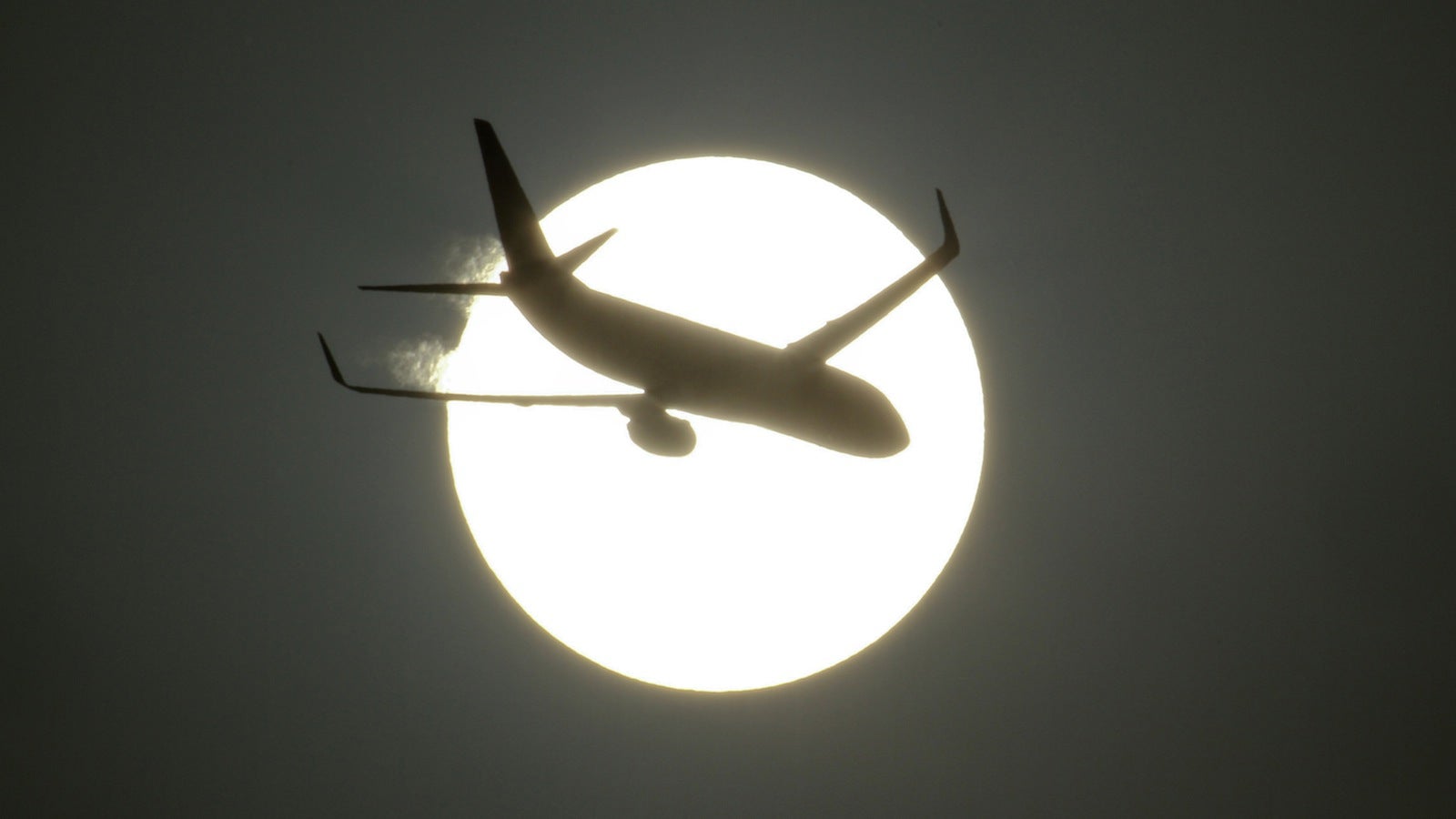A short history of Tata’s long tryst with Indian aviation
Vistara, a joint venture between India’s Tata Sons and Singapore Airlines finally takes off Friday—after a delay of about three months.


Vistara, a joint venture between India’s Tata Sons and Singapore Airlines finally takes off Friday—after a delay of about three months.
The Tata Group will hold a 51% stake in Vistara, which was launched with a total investment of $100 million(Rs632 crore). The full service airline plans to operate 87 weekly flights during the first year of its operation connecting Delhi to Mumbai, Bangalore, Ahmedabad and Hyderabad.
Moreover, the launch of Vistara is a coming back of sorts for the storied Indian conglomerate whose former chairman, Jehangir Ratanji Dadabhoy Tata, started India’s first airline in 1932—and is often considered the father of Indian aviation.
The carrier, known as Tata Airlines, started off by carrying mail between Karachi and Mumbai. In 1946, Tata Airlines became a public company and was renamed as Air India. In 1948, Air India became the first Asian airline to start a regular service between Asia and Europe and in 1953, India’s government decided to nationalise the company.
Since then, the Tata’s have made a few unsuccessful attempts to enter the commercial aviation business, but it was only in 2013 that their efforts finally materialized. Amidst an aviation sector swamped with losses, the group formed a joint venture with Malaysia’s Air Asia to launch a budget airline service—entering a segment presently dominated by IndiGo.
Shortly after, in September 2013, it sealed the deal with Singapore Airlines to create Vistara.
Below is a quick timeline of Tata’s aviation history.
1929: JRD Tata, a board member of Tata Sons and later chairman of the Tata group, receives India’s first pilot licence.
1932 : Tata Sons set up Tata Airlines Ltd with Rs2 lakh (around $3,000) as initial investment. JRD Tata himself flew the first flight between Karachi and Bombay in a Havilland Puss Moth, carrying 25 kilograms of mail.
1937: A regular service between Delhi and Bombay is launched and the flight carries mail and passengers
1946: Tata Airlines becomes a public company and is renamed Air India Ltd. India’s national airline was once headquartered at the Tata head office in Bombay.
1948: Air India decides to launch its international operations and submits a proposal to the government.
1953 – Air India is nationalized, and JRD Tata is appointed as the company’s first chairman and serves till 1977, when the new government decided to unceremoniously terminate his services.
1986: Ratan N Tata is appointed chairman of Air India and serves till 1989.
1996: Tata’s plan to set up a joint venture with Singapore International Airlines to operate in India. The Indian government shoots down the proposal due to foreign investment concerns.
2000: The Tata group again partners with Singapore Airlines to bid for a 40% stake in Air India. The plan did not materialize after Singapore Airlines withdrew from the venture.
2002: Launches Taj Air, a private air charter company.
2010: Ratan Tata, then chairman of the group, alleges that a minister had sought a bribe of Rs15 crore ($2.3 million) to allow him to set up an airline in India.
2012: Indian government changes its aviation policy, allows foreign airlines to buy up to 49% stake in Indian airlines.
2013: Tata’s make their first investment in aviation since Air India was nationalized. Buys 30% stake in a joint venture with Air Asia to set up a low-cost airline company in India called Air Asia India.
2013: Seven months after announcing their plans to foray into aviation, Tata’s finally partner with Singapore Airlines to set up a full service airline.
2015: Vistara, the joint venture between Singapore Airlines and Tata Group makes its maiden flight between Delhi and Mumbai.